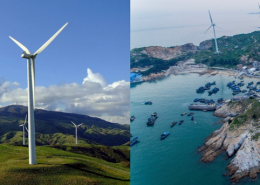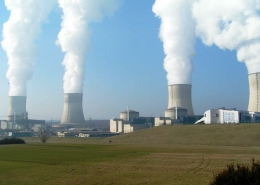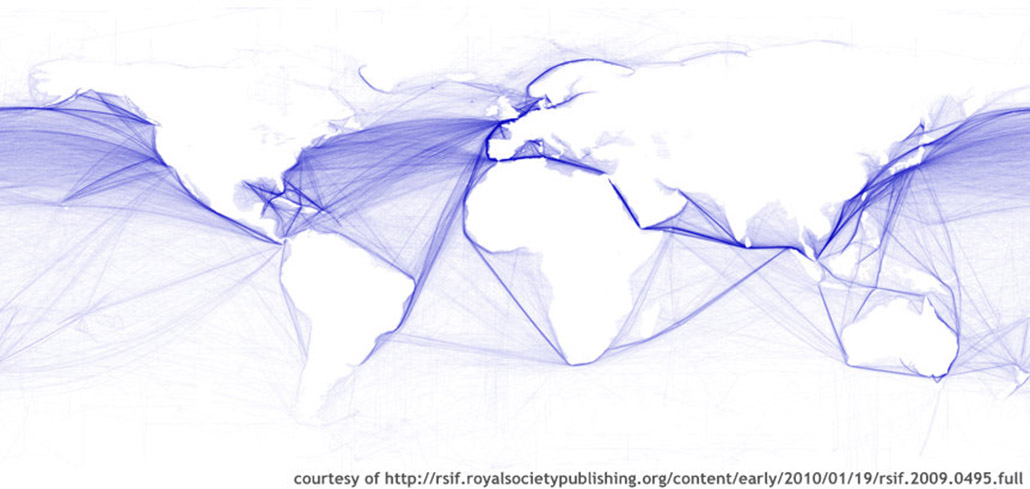Project Summary
Over the last generation, the East Asian trading environment has emerged as a model for dynamic resource allocation and international specialization. At the same time as this process began to mature, the emergence of China has given the process new impetus and increased uncertainty about the evolution of the regional activity matrix. The region can still aspire to a long term future of highly industrialized and diversified regions like Europe. Many observers are concerned that in the short and medium term, however, direct and indirect competition may lead to painful domestic structural adjustments. The lessons of recent history, as distilled in the present research, indicate that regional patterns of comparative advantage are fairly robust.
In particular, we examined detailed trade patterns from two perspectives, simple trade orientation and orientation of trade adjusted for skilled labor content. The emergence of new competition in regional commodity trade is undeniable, but the de facto regional hierarchy of value added in East Asia has not been substantially altered. Indeed, the most skill intensive exporters, Japan and the NIE’s, have actually intensified their “skill specialization” over the period 1996-2000.
Generally speaking, out results indicate that the potential for regional trade to accommodate new suppliers is considerable, and many examples are given of how trade over recent years has done exactly this. These findings are of considerable policy relevance in their own right, since they may help defuse misdirected trade rivalry and protectionist sentiment that can exploit a weaker basis of evidence on actual trade experience. Having said this, however, this relatively optimistic vision does rest on another, larger aspiration, sustained aggregate economic growth. The results of the two predecessors to this study indicate that this aggregate optimism is justified, and the combined message is one of sustained and broadly distributed opportunity, opportunity for governments and enterprises to realize the immense economic potential of this region and its people.
Most Recent Entries

California and China: Leadership for a Low Carbon Future

Roadmap on the Prospects for GMS National Scaling and GMS Regional Coordination of Agrifood Traceability Schemes







